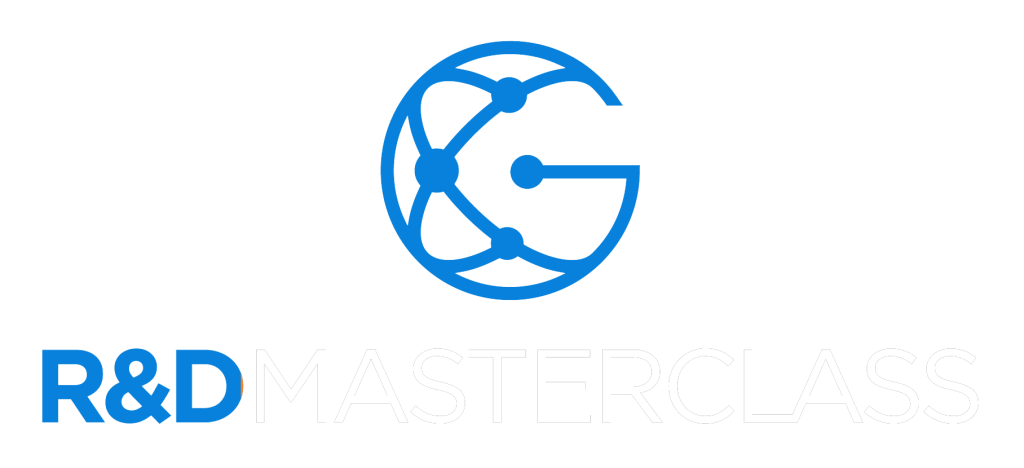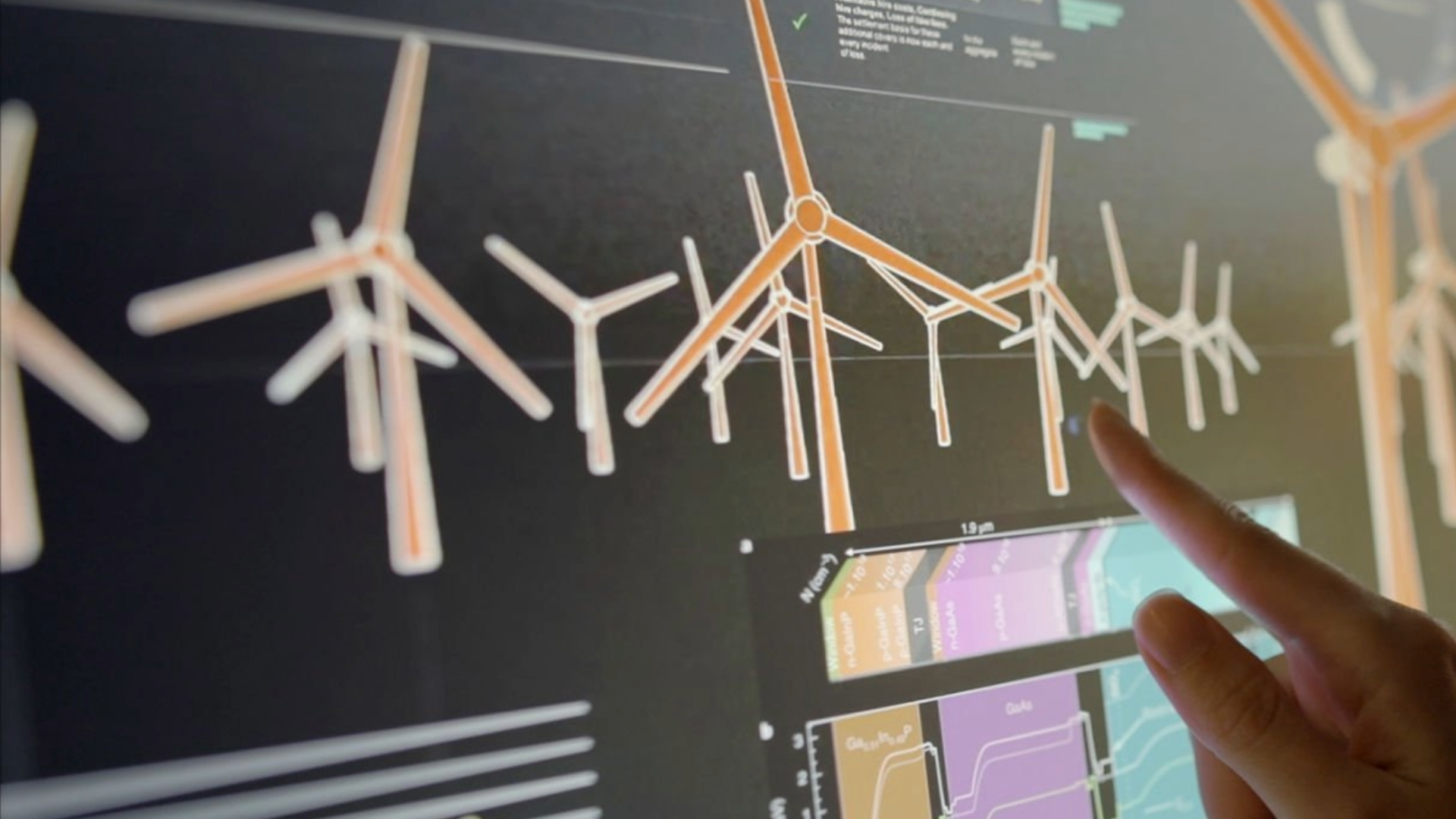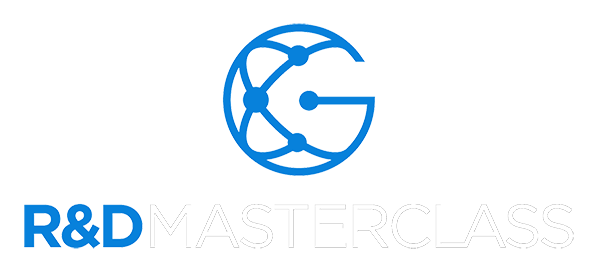Research and development (R&D) plays a crucial role in driving innovation and advancing industries. However, many businesses mistakenly use the terms R&D and new product development (NPD) interchangeably, which can lead to confusion—especially when applying for grants, funding, or tax incentives.
While R&D and NPD often work hand in hand, they serve distinct purposes. Misidentifying an NPD project as R&D could result in incorrect claims for tax incentives or funding, potentially leading to compliance issues or missed opportunities.
In this blog, we explore the key differences between R&D vs. NPD, why they matter, and how understanding these distinctions can improve your eligibility for the R&D tax incentive.
What Is New Product Development (NPD)?
NPD focuses on developing new products using existing knowledge and technologies. It aims to meet customer needs through innovation while ensuring the final product is reproducible and market-ready. Although the NPD process can vary between industries and businesses, it generally follows these key stages:
1. Idea Generation
The foundation of any NPD project begins with brainstorming and idea generation. Businesses encourage their teams to identify gaps in the market, customer pain points, and opportunities for improvement. At this stage, ideas are still raw and require further refinement before moving forward.
2. Idea Screening
Not every idea makes it past the initial phase. The screening process involves evaluating potential concepts based on feasibility, market demand, and business objectives. Companies assess the strengths and weaknesses of each idea, ensuring they pursue only the most viable options.
3. Concept Development & Testing
Once an idea is selected, businesses develop early-stage concepts and test them through customer feedback, market research, and competitor analysis. Testing ensures that the product aligns with consumer needs and has a strong chance of success in the marketplace.
4. Business & Market Strategy Development
This phase involves determining how the company will position the new product in the market. It includes financial projections, marketing strategies, and resource allocation to assess whether the product is a worthwhile investment.
5. Product Development & Prototyping
With a strategy in place, the next step is developing the product itself. Prototyping allows businesses to refine usability, functionality, and practicality before launching. This phase may involve multiple iterations and testing rounds to perfect the product.
6. Product Launch & Marketing
Once the final product is ready, marketing efforts begin to drive awareness, generate demand, and position the product effectively in the marketplace. Successful marketing strategies maximise sales and overall business impact.
How Does R&D Differ from NPD?
In some cases, an NPD project may contain elements of R&D, but that does not automatically make the entire project eligible for an R&D tax incentive. For example, if a company develops a new smartphone model, the process would largely be classified as NPD since it builds on existing technologies.
However, if the company conducts experimental research into a breakthrough battery technology with unknown outcomes, this portion of the project could qualify as R&D. Similarly, a business working on robotics R&D might produce a new product as part of its research, making the project R&D-driven and potentially eligible for incentives.
The key takeaway? Only the R&D component of a project can be claimed for the R&D tax incentive, not the entire NPD process.
Want to Learn More?
Understanding the distinction between R&D and NPD is crucial when claiming R&D tax incentives. If you’re unsure whether your project qualifies or want to optimise your R&D processes, our expert team is here to help.
Sign up for one of our workshops today to gain expert insights and ensure your business gets the most out of its R&D investment. Let’s turn your innovation into tangible success.






